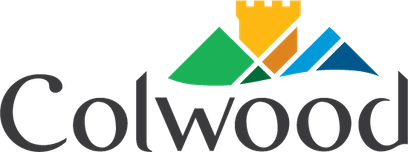A new system is set to give the City of Colwood a much deeper understanding of the way traffic moves around its roads – and residents will be able to better plan their commutes as a helpful side effect.
The new traffic dashboard available on the city’s website shows city staff and residents how long it is taking vehicles to move between sets of intersections, providing insight into which routes are busiest at any given time, similar to navigation apps on smartphones.
“This is data we wanted to look at while making transportation decisions, but we also wanted to ensure we gave this data to the public so they can use it,” said Mayor Rob Martin.
Martin said the new system, called BlueTOAD, uses anonymous and randomized Bluetooth data from phones in cars as they pass through certain intersections to figure out how many cars are using each stretch of road at any given time, how long it is taking them to move from intersection to intersection and much more.
Motorists are able to see just the travel times with the online dashboard, while city staff will be able to see the full suite of data collected, and use it for transportation and infrastructure planning purposes.
“This allows us to gather data from a longitudinal side, so we are actually able to see how traffic patterns shift and then make educated choices about how we are going to invest in our infrastructure moving forward,” said Martin. “We want to really understand how to be as efficient as possible. Simple things could include helping us tune the signal timing at traffic lights.”
At launch, the city is monitoring eight intersections along major routes such as Sooke, Metchosin and Latoria roads, Veterans Memorial Parkway and Ocean Boulevard. Martin said as the data comes in, different intersections may be monitored, and a few additional systems could be added to the mix. While the city has yet to finish setting up the system, Martin said the total cost once complete is expected to be around $100,000.
The system is also set to be integrated with the Capital Regional District’s data on cycling traffic on the region’s trail systems, and will eventually measure pedestrian traffic, allowing for even more informed transportation decision making.
Moving forward, Martin hopes neighbouring communities on the West Shore will also be able to benefit from the data, and will be inspired to invest in their own traffic tracking systems so regional data can be used to guide each municipality’s transportation plans more accurately.
“It’s great to say I have Colwood’s traffic, but a lot of times we have to think about West Shore traffic.”
For more on the dashboard, go to colwood.ca/city-services/engineering/traffic-dashboard.
